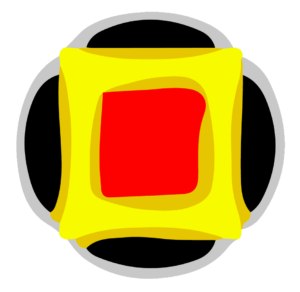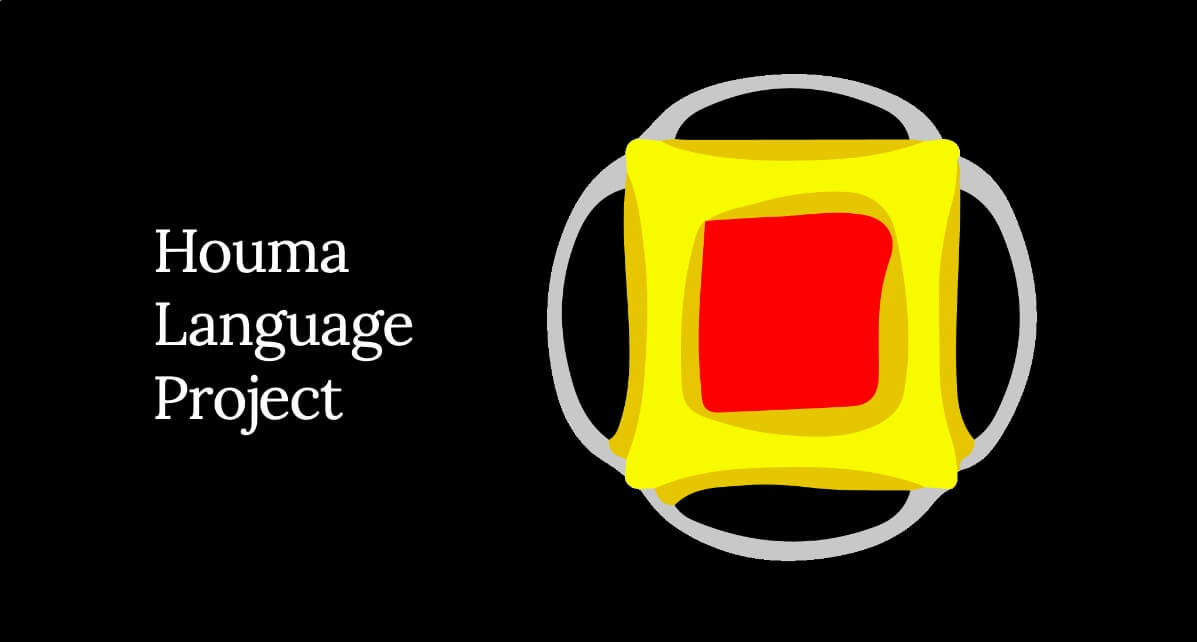Ten Hurricane Ida Experiences the Houma Language Project Can’t Describe
By the Houma Language Project
Nearly three months after Hurricane Ida made landfall on August 29, residents of Southeast Louisiana’s bayou parishes, including many tribal communities, continue to rebuild.

The Houma Language Project, co-founded by 2020 Southern Artists for Social Change awardee Hali Dardar with Colleen Billiot, facilitates restoring the Indigenous Houma language as a form of cultural participation and representation. The project hopes to provide a Houma language that reflects the historical culture.
One thing that Uma—or the Houma word for the Houma language—may struggle to capture is what citizens of the United Houma Nation have faced following the storm. Here are ten definitions that the Houma Language Project identified as needing a word to reflect Houma communities’ experiences post-Ida.
10 Definitions That Need Houma Words
- The act of visiting a home you lived in.
- The frustration of watching a house decay.
- The feeling of seeing the beauty of nature continue after natural disasters.
- The pain of places lost before children can know them.
- When a group of people you don’t know help you however you need in the moment.
- The state of going through a hard time but not being able to share it because everyone else you know is also going through a hard time.
- The state of being elderly and your family making housing choices for you.
- The stress from living in another person’s home.
- Worry and grief for knowing how your community will change.
- Relief from having someone listen to your story.
1.
“__________”
The act of visiting a home you lived in.
1.
“__________”
The act of visiting a home you lived in. The act of visiting a home you lived in. The act of visiting a home you lived in.
How does the Houma Language Project work?
The Houma Language Project approaches language through community development. The Houma language was lost, the project asserts, due to a lack of communication between generations. This loss may represent a disconnect between what is taught and what’s actually needed for day-to-day interactions.
“The project is a life journey,” said Hali Dardar. “We started with a small dream of finding out what it would be like to speak our Indigenous language. Plodding towards this inquiry has put us in contact with a community of like-minded people and lifelong friends, but it has also put us in direct contact with some of society’s hard, sticky questions like historical trauma, environment, climate migration, and loss of community cohesion. The Houma Language Project has become a place to reflect, react, and build things to make a positive Indigenous future.”
One sticky question the project has come across is the need for community-controlled language preservation. By using a modern language learning style for your community’s language, you may learn to speak the language, but you won’t know how to communicate with your community’s unique flair. In 2015 Dardar explored this problem by developing the Oral Language Acquisition (OLA) handbook, a method for learning a language by communicating with native speakers, developed by transposing linguists’ language acquisitions methods into a practical, cultural structure.
“It’s important to learn the language from those around you, not just from books,” said Dardar. “OLA hopes to provide a way for students to really inherit their language in a sovereign way.”
More on the Southeast Louisiana Tribes’ Hurricane Ida Recovery
Bvlbancha Public Access has compiled a list of Indigenous Hurricane Ida Recovery Support Links, including information on tribes affected, as well as mutual aid links.
WWL-TV Channel 4 recently reported on how Native culture bearers in Louisiana, like Take Notice Fund grantee master weaver Janie Verret Luster of the United Houma Nation, have been affected by Ida and why it is so crucial to support the traditional ways of life and culture that can only be found here. The article includes ways to help.
More on the Houma Language Project
Read more about Hali Dardar and Colleen Billiot’s language-recovery efforts through the Houma Language Project here.
“How Do Word Create? Indigenous Neologisms in a Reclamation Project”: watch this recent discussion on Indigenous neologisms for Natives4Linguistics, led by Brittany Verdin Jimenez.
About the Houma Language Project

In the 1700s, the Houma people lived on the banks of the Red River and Mississippi River, speaking a language similar to that of the Bayougoula. Presently, there are no known speakers of this language, and sparse information compiled on the language from the 1700–1800s.
The goal of the Houma Language Project is to facilitate restoring this Houma language. The efforts use language as a form of cultural participation and representation.
The project does three things:
- Gather and preserve linguistic information
- Reconstruct language through contemporary examples
- Provide language in a format for community growth
Learn more about the project here.